In the vast world of insects, comprising over a million known species, intelligence varies dramatically. While we often associate intelligence with mammals like dolphins, primates, or even corvids among birds, the cognitive abilities of insects have long been underestimated. Recent scientific research has revealed surprising problem-solving capabilities, learning potential, and even rudimentary forms of consciousness in certain insect species. As we explore the fascinating realm of insect intelligence, we’ll discover how these tiny creatures, despite having brains smaller than pinheads, can solve complex puzzles, navigate intricate environments, communicate with remarkable precision, and even recognize individual faces. This journey into insect cognition challenges our understanding of intelligence itself and forces us to reconsider what it means to be “smart” in the animal kingdom.
Defining Intelligence in Insects

When scientists study insect intelligence, they must first grapple with how to define and measure cognitive abilities in creatures so different from ourselves. Insect brains contain far fewer neurons than mammalian brains – a human brain has roughly 86 billion neurons, while an ant brain contains only about 250,000. Despite this vast difference, researchers focus on observable behaviors that demonstrate problem-solving, learning, memory, and adaptability. Intelligence in insects is often measured through maze navigation, associative learning tests, tool use observation, and social organization complexity. What makes this field particularly challenging is that insects may possess forms of intelligence completely foreign to human experience, evolved for their specific ecological niches. Rather than anthropomorphizing insect behavior, scientists now recognize that different evolutionary pressures have produced unique and specialized forms of cognition across the insect world.
Bees: The Mathematical Marvels

Honey bees consistently rank among the most intelligent insects, with cognitive abilities that rival some vertebrates. Their mathematical prowess is particularly impressive – researchers have demonstrated that honey bees understand the concept of zero, a sophisticated numerical concept that human children typically don’t grasp until age four. In controlled experiments, bees can be trained to select images containing fewer elements over those with more, and they correctly position “zero” at the beginning of a numerical sequence. Even more remarkably, honey bees can perform basic addition and subtraction when properly trained using color cues. Their navigation abilities rely on sophisticated calculations involving distance, angle, and time, enabling them to create mental maps of their territory spanning up to five miles. The honey bee’s brain, containing fewer than a million neurons, somehow manages these complex calculations while also maintaining an intricate social structure and communication system within the hive.
Ants: Collective Problem Solvers
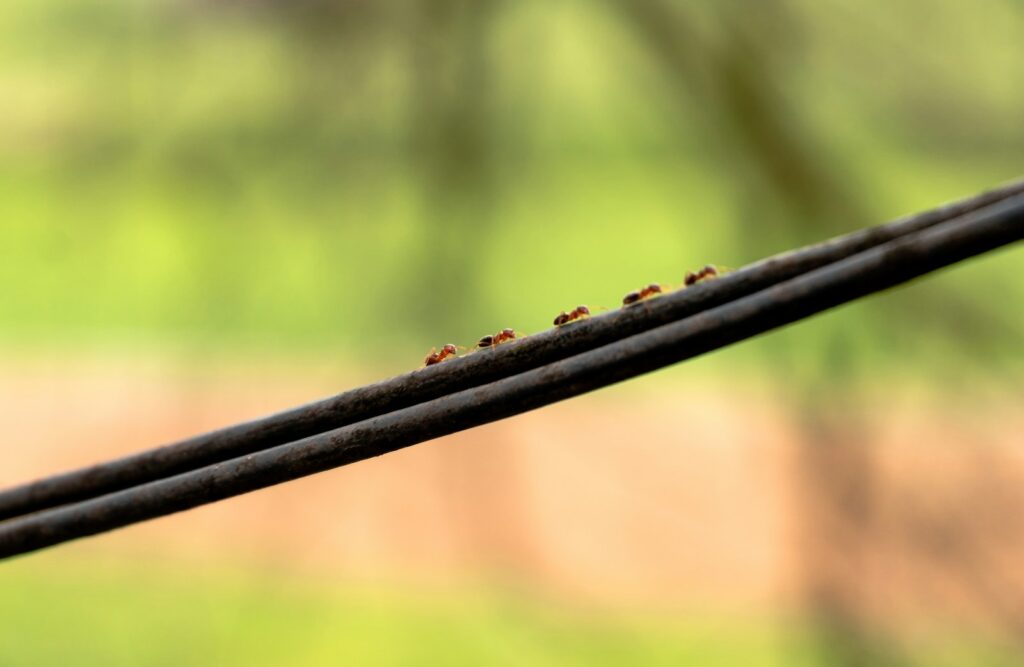
Ants demonstrate remarkable intelligence through their collective problem-solving abilities, functioning as a superorganism that can tackle challenges no individual ant could solve alone. Army ants construct bridges using their own bodies to cross gaps, adjusting the size and structure of these living bridges based on traffic flow needs and distance requirements. In laboratory settings, ants have solved complex optimization problems like finding the shortest path through a maze to reach food, sometimes discovering solutions that match or exceed computer algorithms designed for similar tasks. What makes this particularly fascinating is that no single ant directs these operations – instead, simple interactions between individuals following basic rules create emergent intelligence at the colony level. Some species, like the leafcutter ants, maintain sophisticated agricultural systems, cultivating fungus gardens with practices that include pest management, temperature control, and even waste disposal systems that human farmers would recognize.
Jumping Spiders: The Visual Geniuses

Though technically arachnids rather than insects, jumping spiders demonstrate such remarkable intelligence that they deserve mention in any discussion of arthropod cognition. What makes jumping spiders extraordinary is their problem-solving abilities coupled with sophisticated vision systems that outperform all other arthropods. Their main eyes provide sharp, color vision comparable to that of primates, while secondary eyes detect motion across nearly 360 degrees. This visual prowess enables complex hunting strategies, including detours and ambush techniques that require planning and spatial reasoning. In experimental settings, jumping spiders have solved multi-step puzzles to reach prey, sometimes taking circuitous routes that temporarily move them away from their target before approaching from a better angle. Most impressively, studies have shown that some jumping spider species can recognize individual human faces and react differently to researchers they’ve encountered before, suggesting advanced pattern recognition abilities previously thought impossible in creatures with such small brains.
Cockroaches: Learning Machines
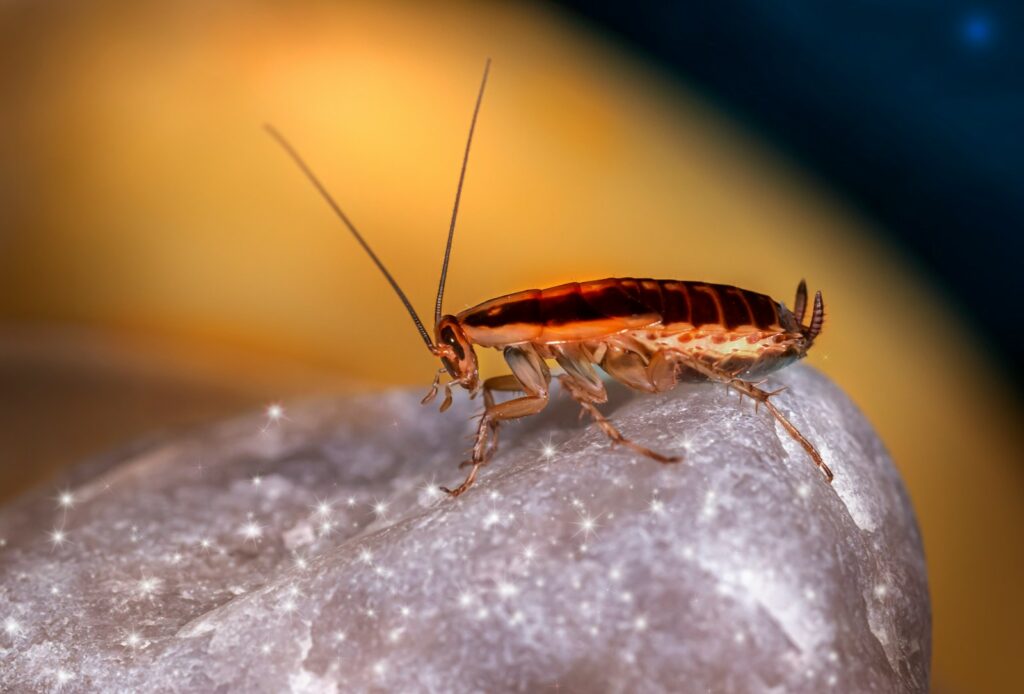
Despite their unpopular status among humans, cockroaches demonstrate surprising learning capabilities that contribute to their legendary survival skills. These insects can be classically conditioned in the laboratory setting, learning to associate neutral stimuli with rewards through repeated exposure, similar to Pavlov’s famous experiments with dogs. More impressively, cockroaches exhibit operant conditioning – they can modify their behavior based on consequences, learning to navigate complex mazes with increasing efficiency over multiple trials. Their memory appears robust, with some species retaining learned information for weeks or months. Social learning has also been documented in cockroach populations, where individuals learn new behaviors by observing conspecifics, a cognitive ability previously thought limited to more complex animals. Their adaptability is perhaps their most impressive cognitive trait – cockroaches can rapidly adjust to new environmental challenges, learn to avoid toxic baits after a single exposure, and even modify their circadian rhythms in response to human activity patterns.
Paper Wasps: Face Recognition Experts

Paper wasps possess one of the most sophisticated recognition systems in the insect world, with the ability to remember and distinguish between individual faces of their colony members. This remarkable cognitive ability helps establish and maintain the complex social hierarchies within their colonies, where facial recognition allows them to remember which wasps they’ve had previous aggressive encounters with and which ones have dominated them in the past. Research published in Science demonstrated that paper wasps recognize individuals using facial features in a manner similar to how humans process faces – holistically rather than as a collection of separate features. When researchers altered specific facial features of wasps, the insects showed increased aggression, indicating they no longer recognized former nestmates. This sophisticated recognition system requires significant neural processing power and represents a form of convergent evolution with vertebrates, suggesting that certain cognitive problems have limited optimal solutions regardless of brain structure.
Dung Beetles: Celestial Navigators

Dung beetles may seem unlikely candidates for insect intelligence, but their navigation abilities reveal sophisticated cognitive processes. These beetles use celestial cues, including the sun, moon, and even the Milky Way’s light pattern, to move in straight lines while rolling their precious dung balls away from competitors. In experiments where researchers manipulated the night sky using planetarium equipment, dung beetles immediately adjusted their course in response to the shifting celestial markers. This navigation system requires a complex understanding of polarized light patterns and the ability to integrate multiple visual cues into a coherent directional map. Even more impressive is their ability to adapt their navigation strategy based on available cues – switching between solar, lunar, and stellar navigation depending on conditions. Some species even climb atop their dung balls periodically to reorient themselves, performing what scientists describe as a “celestial compass dance” that recalibrates their internal navigation system.
Praying Mantises: Calculating Hunters
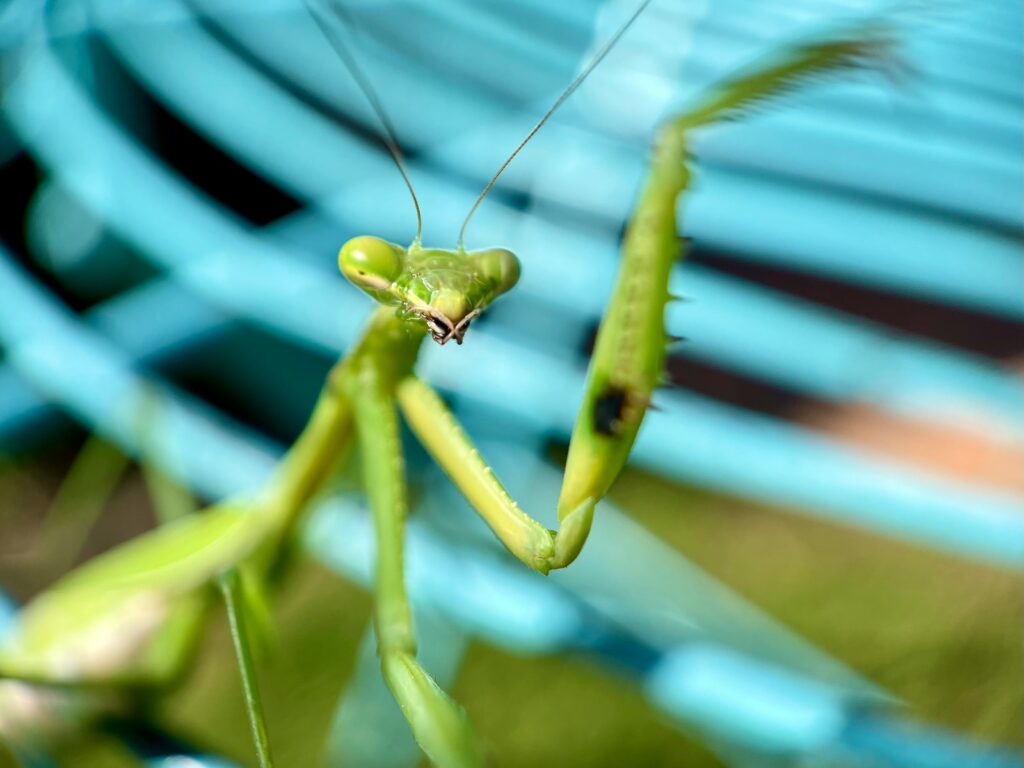
Praying mantises demonstrate remarkable cognitive abilities through their hunting strategies, which involve complex calculations and decision-making processes. Unlike most insects that rely on simple stimulus-response patterns, mantises appear to plan their attacks based on prey distance, size, and movement patterns, suggesting a form of mental modeling. In laboratory settings, mantises successfully capture prey using specialized techniques for different target types, adjusting their approach speed and strike angle for optimal success rates. Their visual processing capabilities are particularly impressive – mantises are the only insects known to have stereo vision, allowing them to accurately judge distances similar to how humans perceive depth. Recent research demonstrates that mantises can even learn to associate completely artificial stimuli, such as specific colors or patterns, with food rewards, demonstrating impressive associative learning capabilities. Some species exhibit what appears to be play behavior, battling with siblings in ways that improve hunting skills without causing harm, suggesting a sophisticated understanding of social boundaries.
Fruit Flies: Surprising Cognitive Complexity

Despite having brains containing only about 250,000 neurons, fruit flies (Drosophila melanogaster) exhibit cognitive abilities that have surprised researchers. These tiny insects can learn to associate specific odors with rewards or punishments, retaining this information for days – an impressive feat given their short lifespan. In decision-making experiments, fruit flies have demonstrated probabilistic reasoning, appearing to weigh potential risks and rewards before making choices, a cognitive ability previously thought to require larger brains. Research from Oxford University revealed that fruit flies experience attention-like processes, focusing on certain stimuli while filtering out others, suggesting more sophisticated information processing than previously recognized. Perhaps most surprisingly, fruit flies display sleep rebound after deprivation and exhibit improved learning performance after sleep, suggesting they experience a form of memory consolidation similar to that observed in mammals. These discoveries have made fruit flies important models not just for genetic research but for understanding the fundamental neural mechanisms of learning and memory.
Dragonflies: Interception Specialists
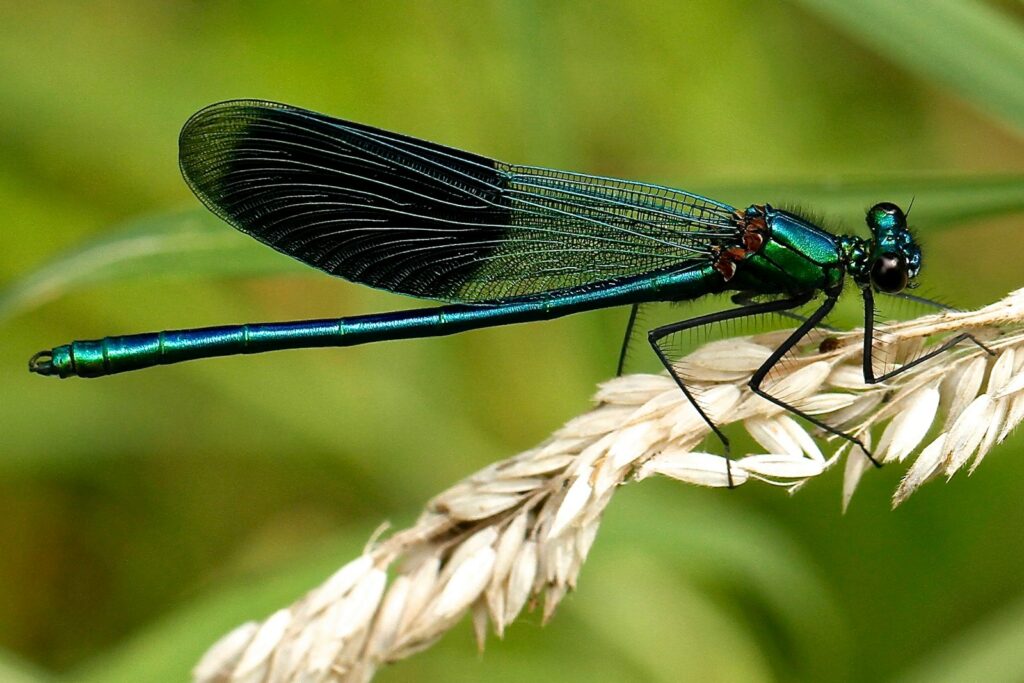
Dragonflies possess perhaps the most sophisticated hunting algorithm in the insect world, with a 95% success rate that exceeds even that of lions and other apex predators. Their hunting prowess depends on complex neurological calculations that allow them to predict where a moving target will be, rather than simply reacting to current positions. This predictive interception requires the dragonfly to calculate the speed, direction, and acceleration of its prey while simultaneously adjusting its own flight path – a complex computational problem solved by a brain roughly the size of a grain of rice. Remarkably, dragonflies maintain visual lock on their targets through specialized neurons that minimize background movements and focus attention solely on the prey, similar to advanced missile guidance systems. Recent research suggests these insects can even distinguish between potential prey items based on nutritional value and capture difficulty, making cost-benefit analyses that optimize their hunting efficiency. Some species demonstrate selective attention between multiple targets, prioritizing them based on complex factors including size, movement patterns, and previous hunting experiences.
Butterflies: Memory Champions

Monarch butterflies undertake one of the most extraordinary migrations in the natural world, traveling up to 3,000 miles from Canada to specific overwintering sites in Mexico, navigating with remarkable precision despite never having made the journey before. This multi-generational migration relies on a combination of genetic programming and sophisticated environmental cue interpretation, including solar positioning, magnetic field detection, and landmark recognition. Beyond migration, butterflies demonstrate impressive learning capabilities – they can remember which flower species provide the best nectar rewards and adjust their foraging patterns accordingly, suggesting a form of associative memory. Research has shown that butterflies can retain learned information through metamorphosis, with caterpillars that learn to avoid certain odors continuing to avoid those same odors as adults after complete body restructuring. This suggests that some memories are stored in ways that survive the dramatic neural reorganization that occurs during pupation, raising fascinating questions about the physical basis of memory itself.
Termites: Architectural Geniuses
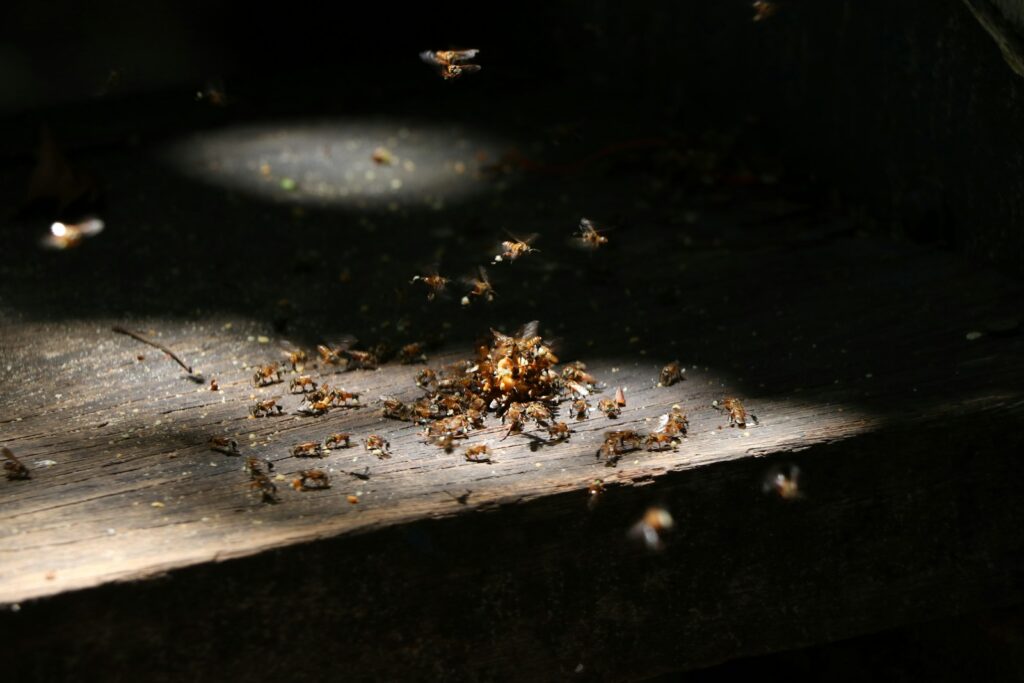
Termites create some of the most sophisticated structures in the animal kingdom, building massive mounds that can reach 30 feet in height with complex internal systems for ventilation, temperature regulation, and humidity control. What makes these architectural achievements even more remarkable is that they emerge without centralized planning or direction – no single termite functions as the “architect” or “engineer” for these projects. Instead, simple interactions between individuals following basic rules create emergent complexity through a process scientists call stigmergy, where each construction action creates a stimulus that triggers the next appropriate building behavior. The mounds contain sophisticated passive cooling systems that maintain internal temperatures within one degree Celsius despite external fluctuations of over 40 degrees, outperforming many human-designed climate control systems. Some termite species construct their mounds with precise astronomical alignment, positioning the broader sides along a north-south axis to minimize solar heat gain during midday while maximizing morning and afternoon warming, demonstrating a sophisticated understanding of environmental factors that’s encoded in their collective behavior.
The Future of Insect Intelligence Research

As technology advances, scientists are developing new tools to better understand the cognitive capabilities of insects, potentially revolutionizing our understanding of these tiny creatures. Miniaturized neural recording devices now allow researchers to monitor brain activity in free-moving insects as they solve problems, providing unprecedented insights into how information processing occurs in these small but sophisticated brains. Virtual reality systems designed specifically for insects enable controlled experiments that would be impossible in natural settings, allowing scientists to present complex puzzles and learning challenges while precisely measuring behavioral responses. Additionally, advances in comparative genomics are helping identify the genetic foundations of cognitive traits across different insect species, potentially uncovering the evolutionary pathways that led to different forms of intelligence. Perhaps most exciting is the growing field of insect-inspired artificial intelligence, where computer scientists are creating algorithms based on insect cognition principles like the collective intelligence of ant colonies or the efficient navigation systems of bees, demonstrating that these tiny creatures may yet have much to teach us about solving complex problems.
Conclusion: Rethinking Intelligence
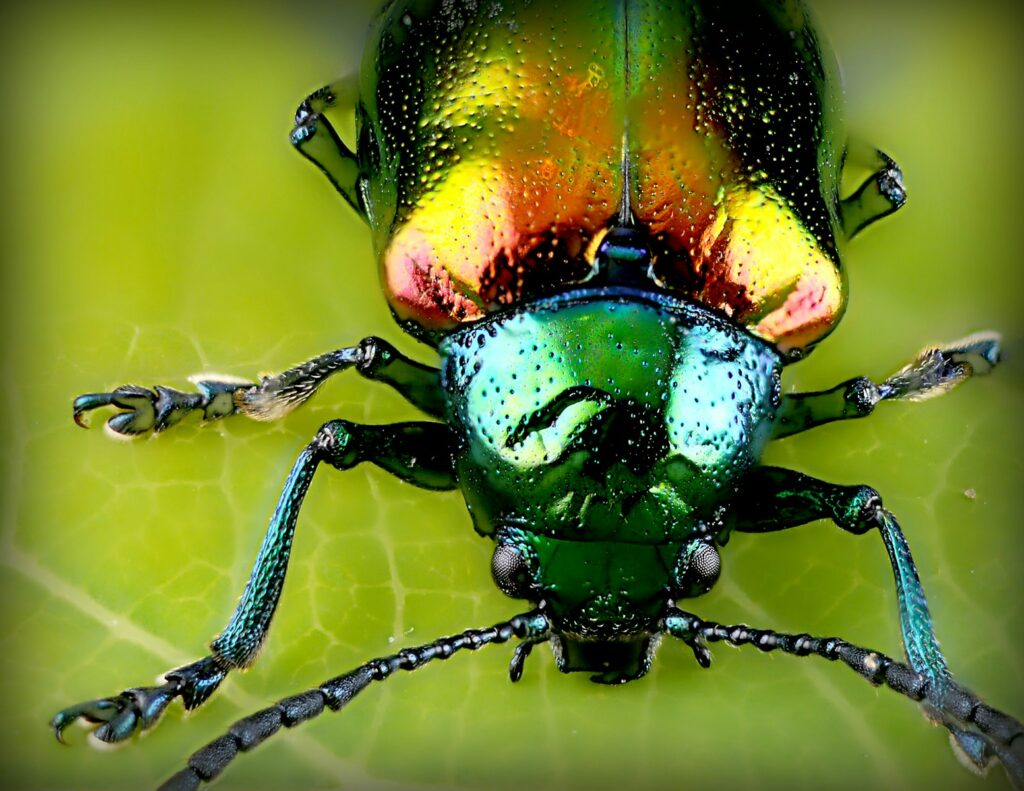
The remarkable cognitive abilities of insects challenge our traditional understanding of intelligence and force us to reconsider the relationship between brain size and cognitive capacity. These creatures demonstrate that sophisticated problem-solving, learning, memory, and even forms of consciousness can emerge from neural systems orders of magnitude smaller than mammalian brains. What insects may lack in neurons, they make up for in efficiency and specialization, with neural circuits exquisitely adapted to solve specific challenges in their ecological niches. As we continue to investigate these miniature marvels, we’re discovering that intelligence takes many forms across the animal kingdom, with each evolutionary path finding unique solutions to life’s challenges. Perhaps the most humbling lesson from studying insect intelligence is the recognition that our human-centric view of cognition represents just one approach among many that have evolved on our planet, reminding us that intelligence itself is as diverse as the creatures that possess it.

